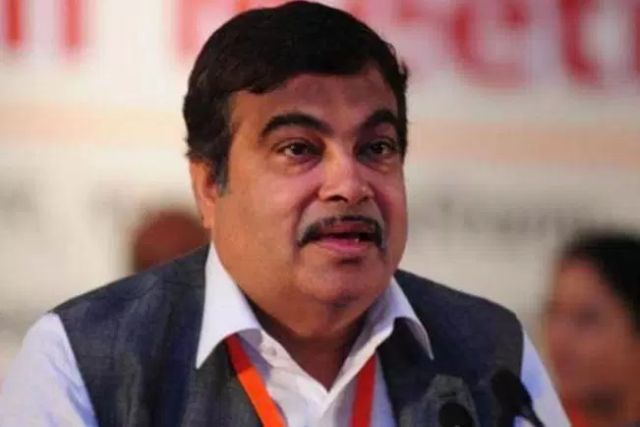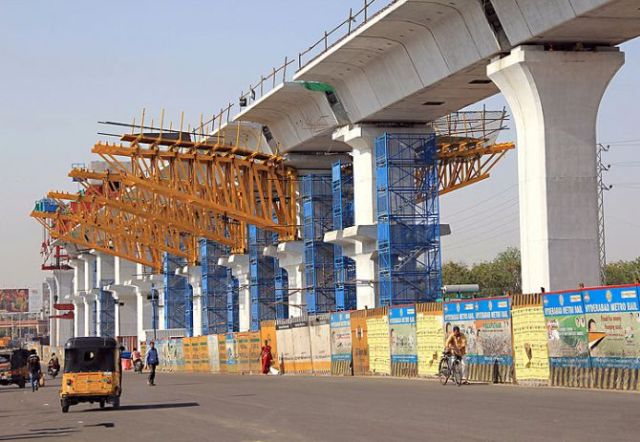
by admin | May 25, 2021 | Corporate, Corporate Governance

Nitin Gadkari
Mumbai : Union Road Transport and Highway Minister Nitin Gadkari on Saturday lashed out at banks saying they are not making financial closures for infrastructure projects worth Rs 2 lakh crore despite a “golden opportunity” and blamed the Reserve Bank for creating “more complications”.
“One problem presently I am facing is — We have at least 150 projects with cost involvement of Rs 2 lakh crore. The financial closures in the banks is becoming a very tough thing for the investor,” he said at the ET Awards for Corporate Excellence.
The Minister flagged the funding problem a day before the Reserve Bank of India (RBI) is to hold its board meeting in the backdrop of a tiff with the central government on several issues including a liquidity crunch and placement of limits on extension of loans on some banks.
“It is the appropriate time for the Reserve Bank to support infrastructure in the country as far as growth rate is concerned. But many times the circulars issued by the Reserve Bank are creating more complications,” the Minister said.
Gadkari said there were 403 projects with a cost involvement of Rs 3.85 lakh crore when he took charge as the minister and his department, which had a good track record, alone saved the Indian bankers from non-performing assets (NPA) of about Rs 3 lakh crore.
Further, he said while bankers supported the contractors when they were not in a good position and there were several other problems like land acquisition and environment issues, they are not doing it now when things have improved and there is a good response.
“… the economic situation is good, the government is transparent, decision making process is fast and it is a golden opportunity for the investors and contractors. I don’t know what is the reason that the banks are not making financial closures,” the Minister said.
Gadkari said if the banks were to support the infrastructure projects, his department, which contributed 3 per cent to the country’s GDP last fiscal, would account for 3.5 per cent.
“If the banks support me, I am giving the guarantee that my department will make 3.5 per cent of contribution in the GDP. All projects are economically viable, IRR (rate of return) is good but this (financial closure) is the problem,” he said.
Asked whether he brought up the issue with RBI Governor Urjit Patel, Gadkari said it was not his job and he did not want to meet him due to a bad experience.
“My experience is not good. There is no point in meeting him. One should meet those where there is some benefit, some work gets done,” he said.
—IANS

by admin | May 25, 2021 | Investing, Opinions
 By Taponeel Mukherjee,
By Taponeel Mukherjee,
As large institutional investors with operational capacities plough money into Indian infrastructure, it is important that we also keep an eye on attracting the relatively small, non-operating investors as well. Mobilising capital from a variety of sources will be important for India to bridge the infrastructure gap.
Institutional entities investing in infrastructure broadly fall into two categories: One, large institutional investors with significant operational capacity and, two, relatively smaller investors with available capital but not the operational capacity or mandate.
For example, a large investor might be willing to not just invest in a wind farm but also have the capacity to run the business. A smaller player may be interested in being a financial investor, but without the capacity or mandate to operate the asset.
To attract both types of investors, the government must create a policy and investment climate that is conducive for infrastructure investments.
According to a global survey by Preqin among institutional investors in the “Preqin Investor Outlook: Alternative Assets H1 2017”, the current and target allocations to infrastructure for those surveyed was on average at 3.9 per cent and 5.2 per cent of assets under management, respectively. About 63 per cent of investors surveyed were below their target allocation to infrastructure.
Global institutions, it seems, are under-invested in infrastructure, a clear opportunity for India to attract global capital. The country needs to create a regulatory environment that can attract a significant portion of the additional capital that will flow into infrastructure, especially from the relatively smaller investors.
Another interesting statistic: There has been a significant increase in direct infrastructure investments (as a percentage of the total pool of investable capital) by institutional investors over the last five years, but the proportion of investors doing direct investments has decreased.
The important takeaway is that though larger operating investors have increased their investments, a significant number of smaller investors have capital that they need to allocate through non-direct route which does not involve an operating role with respect to managing the asset. For operational or other reasons, these relatively smaller investors prefer non-direct investments with direct investing being done by large investors with significant in-house operational capacity.
In the survey by Preqin, 62 percent of investors had assets less than $10 billion under management. It is imperative that policymakers look at how this pool of capital can be mobilised and used to build infrastructure.
The next question is: Just how big is the pool of capital available globally beyond the very large investors? A ranking by Investment & Pensions Europe (IPE) released in September-October 2017 and ranked the largest global institutional investors in infrastructure threw up some interesting statistics.
While the top 10 investors had approximately $170 billion allocated to infrastructure, they had approximately $3.9 trillion under management. The investors from the 20th to the 60th positions in the ranking had $95 billion allocated to infrastructure while total assets under management was approximately $3.8 trillion.
What this shows is the significant capital pool that the relatively smaller investors have — and the challenges that exist in attracting that pool of capital due to fragmentation.
In a global economy with asset price volatility and shrinking central bank balance sheets, attracting global capital will be more challenging than usual. India, given the size of its population, a young demographic and obvious infrastructure investment opportunities, is an investment destination on investors’ minds, but we need to make sure that we build on our strengths.
Large, operationally-savvy investors are extremely important, but so are the non-operating financial investors. A stable and efficient regulatory environment, along with efficient investment vehicles, will be the key to attract more global capital for Indian infrastructure.
(Taponeel Mukherjee heads Development Tracks, an infrastructure advisory firm. Views expressed are personal. He can be contacted at taponeel.mukherjee@development-tracks.com or @Taponeel on Twitter)
—IANS


